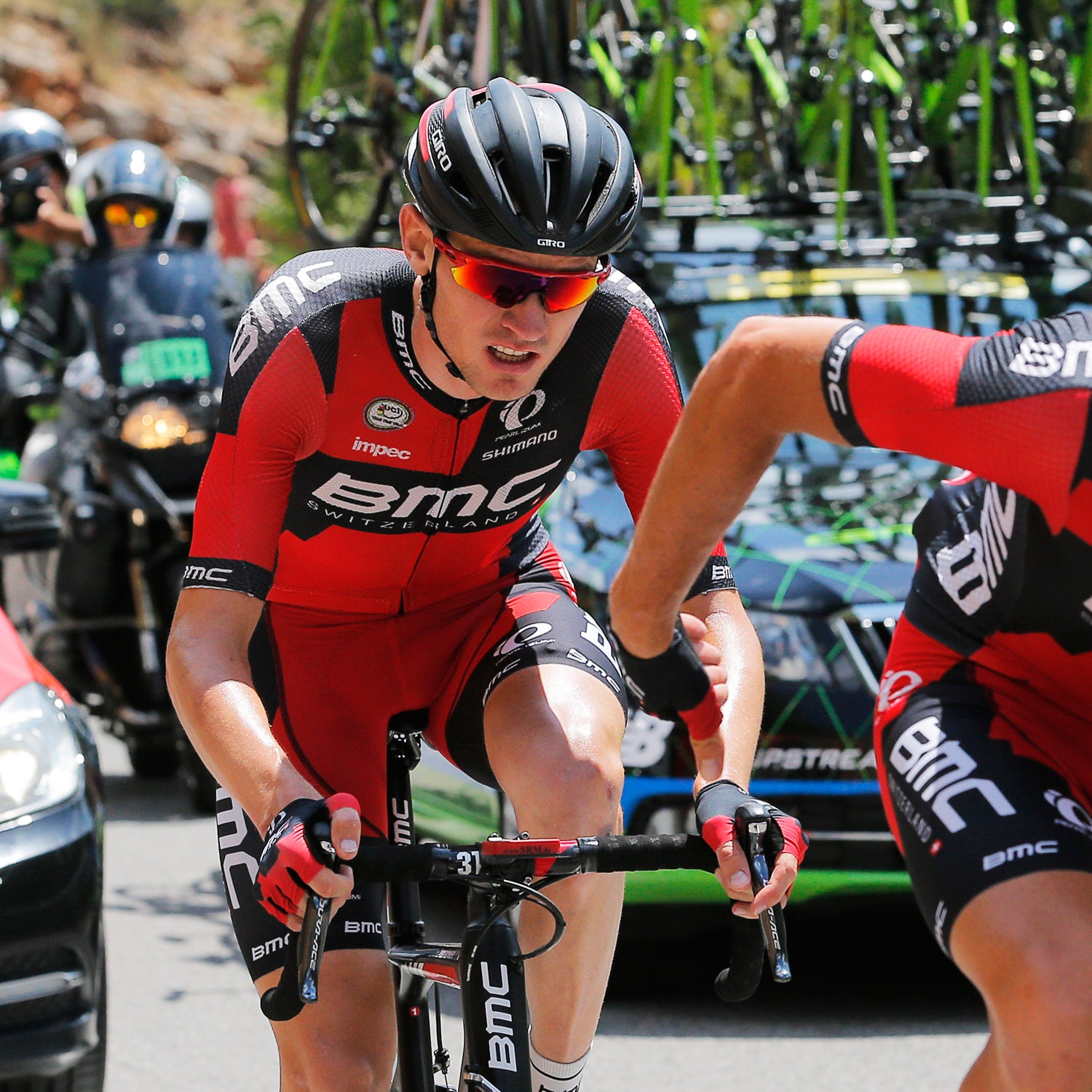Tejay Van Garderen had been hoping to end his Tour de France on top of the podium. Instead, he ended it by the side of the road. The 26-year-old BMC leader had been hanging tight in third place, poised to possibly become the first American since the now-disgraced Lance Armstrong to capture the title, when he suddenly and very obviously began to fall behind on a climb during the 17th state. Van Garderen had been battling a chest cold since earlier in the race, and partway into the stage, after dropping back towards the middle of the pack, he stopped pedaling, dismounted, and got into the team car.
For a young cyclist with dreams of a yellow jersey, it was a huge disappointment. “To be fighting for a podium in the Tour de France, and then the next minute you are sitting in the car, was really hard,” Van Garderen said in a post-stage press release. But Dr. David Nieman, a professor at Appalachian State University’s College of Exercise Science, says he made the right choice.
Nieman has spent his career studying how exercise affects the immune system. He says that the idea that athletes can push through an illness is a myth—and a dangerous one to boot.
While elite athletes like Van Garderen have strong muscles and cardiovascular systems, their immune systems are essentially the same as that of an average couch potato.
Heavy exercise—like, say, a multi-stage bicycle race through the Pyrenees—does a number on an athlete’s immune response. Besides fighting off foreign pathogens, the immune system is responsible for repairing muscle damage from exertion. That takes resources, and can potentially leave a person suffering from a systemic illness with fever and general aches and pains, as Van Garderen was going into his pre-stage rest day, open to further infection.
“You have someone who’s in third place, he’s pushing hard, and he got sick,” says Nieman. “And he did something that many many athletes do, which is that they try to push through the illness and keep exercising. And that’s really a dangerous situation.” Competitors who are unlucky may end up with a post-viral illness, essentially a miniature version of chronic fatigue syndrome, that puts them out of commission for much longer.
The effects can just as easily hit after athletes cross the finish line. In his research at the Western States ultramarathon, Nieman found that one out of four runners got sick in the months after the race—an extremely high percentage for the summer, when Western States takes place.
To complicate matters, while elite athletes like Van Garderen have strong muscles and cardiovascular systems, their immune systems are essentially the same as that of an average couch potato. “We studied the immune systems of athletes compared to sedentary controls in the resting state,” says Nieman. “You can’t tell the difference, they’re very similar.”
Facing with diminishing health and a growing gap between him and the lead pack, Nieman says that Van Garderen made the only good choice available to him. “He pulled out because he just couldn’t put out the power anymore, and that’s a smart thing to do,” Nieman says. “You just don’t want to push through that situation. Scratch it off the list and look towards the next race.”


